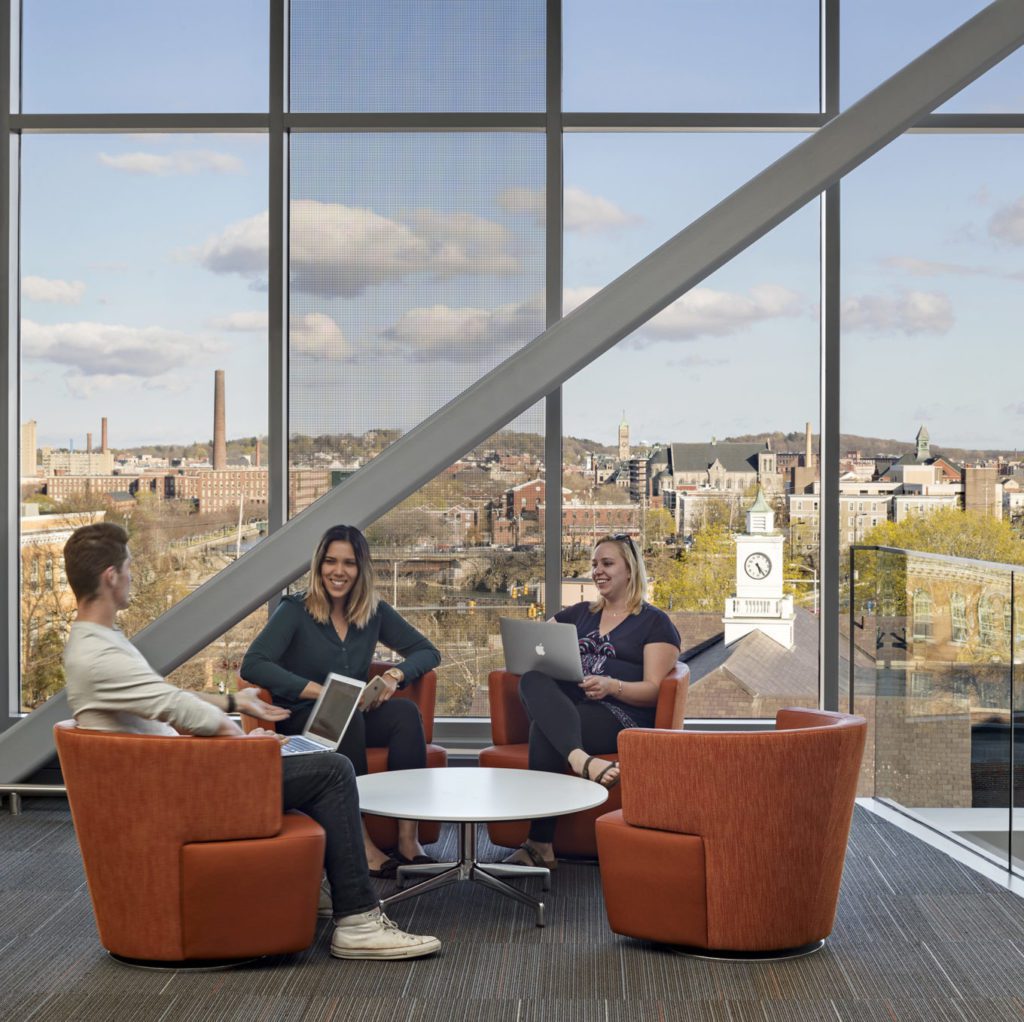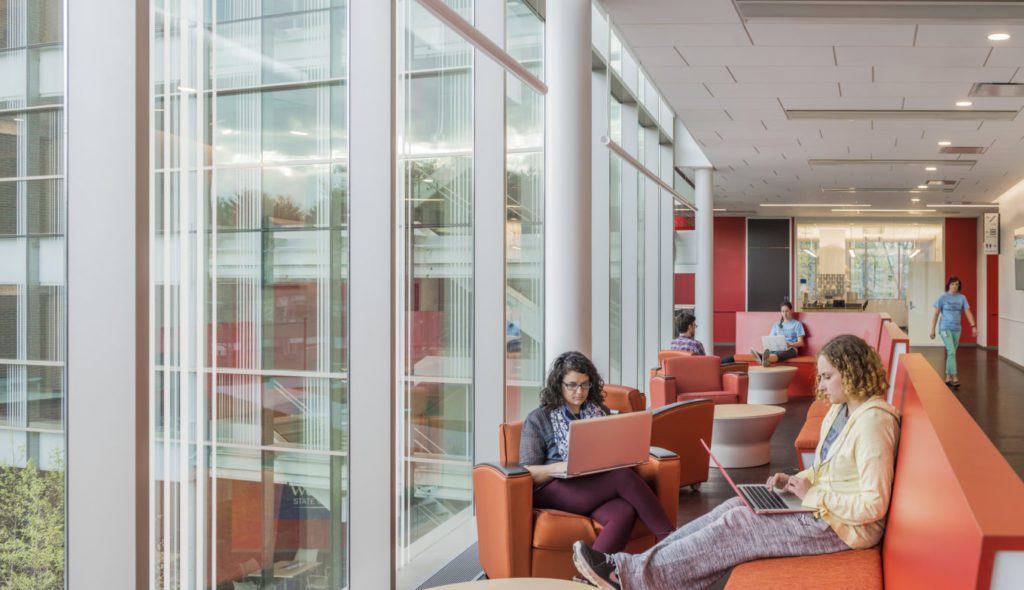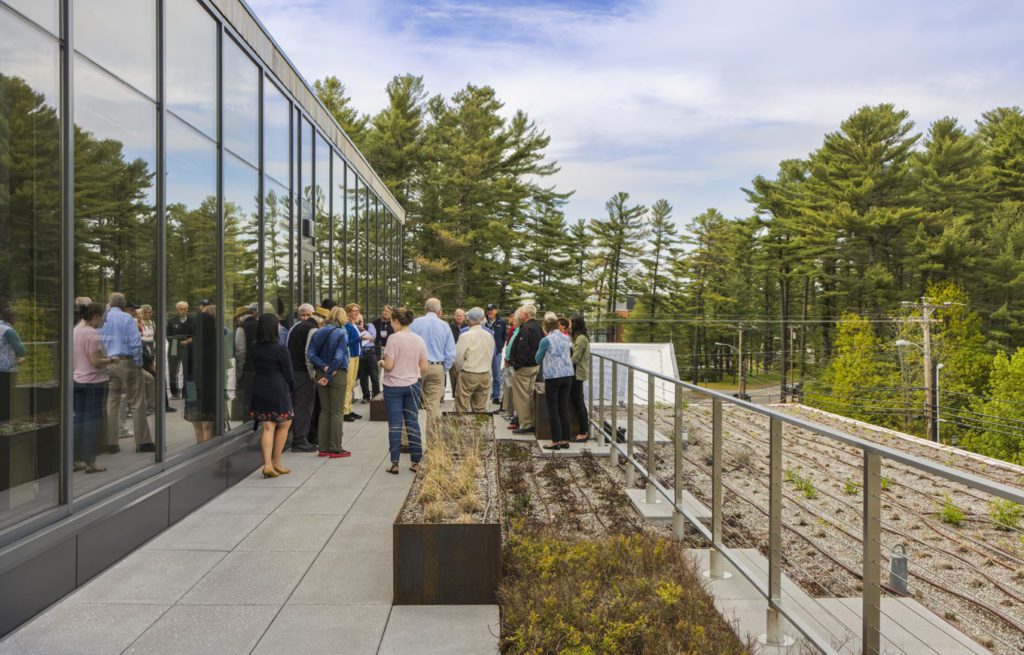Behind the Scenes at CambridgeSeven
Ever wonder what it’s like to work at CambridgeSeven? With parties, tours, flexible work and more, there’s a lot going on here. Take a peak inside!
Ever wonder what it’s like to work at CambridgeSeven? With parties, tours, flexible work and more, there’s a lot going on here. Take a peak inside!
The Base and Opt-in Strech Energy Codes are rapidly changing starting this year. Here’s what you can expect for your projects in 2023.
Our three in-house Certified Passive House Consultants provide insights to the significant benefits and range of applications of Passive House standards.
Our First Fossil-Fuel-Free Fire Station will give firefighters of Somerville a comfortable reprieve where they can breathe easy.
How to support more ethical, equitable, and responsible building supply chains and labor practices.
We take a look at our own EDI efforts within our office and how we’re instilling values in our exhibit designs.
CambridgeSeven is proud to announce promotions for eight employees at the start of 2023.
CambridgeSeven held a Q&A with our young and more experienced designers about what they expect and hope for the future of architecture.
A collection of our work that we shared during our 60th Anniversary celebrations.
We break down seven modern design trends that academic clients can incorporate on campus.
Administrative and academic workspaces for the upcoming decades will demand flexibility to serve multiple user groups with diverse needs and expectations. Enabling flexibility, responsiveness and user choice drives CambridgeSeven’s approach to hybrid working and learning models.
Fostering collaboration and cross-disciplinary cooperation in academic environments and their associated administrative workspaces is centered on a thoughtful integration of human needs (air, daylight, external views) and technology (collaboration tools, ease of remote connections, team-based work). Principles and approaches that CambridgeSeven incorporates in its projects, regardless of the scale, include the following concepts:

Huddle Space
Small-group collaborative spaces should be equipped with digital displays for content sharing from personal devices. Students at UMass Lowell can choose table or lounge seating placed throughout the Pulichino Tong Business Center. We designed these collaboration areas with monitors and movable white boards so students can customize their own study spaces.
Technology Enhanced Active Learning (TEAL) Classrooms
TEAL classrooms prioritize small, group-based learning in which instructors move about and interact with learner groups. Students present their collective work on shared screens for whole-class discussion. We designed an innovative TEAL center at Westfield State University that can function as a simulated trading floor for the economics department or transform to project-based break-out spaces.

Collaborative Spaces
Transparency, openness and quick team assembly is driving the evolution toward collaborative areas that allow close multi-disciplinary teamwork, replacing traditional, siloed administrative and academic departments. This can include lobbies and corridors with generous proportions and flexible furniture to encourage students to use these spaces for unscheduled, serendipitous team or project work.
Active Learning Classrooms (ALCs)
Connects classrooms with local, and global groups through integrated, immersive, flexible technology that incorporates white boards, flat screen monitors and microphones at each table. At Westfield State University, the new GIS Lab incorporates flexible furniture and multiple monitors to support the GIS program in the Geography Department.

Biophilic Space
Visual and physical connections to outdoor landscapes and natural environments are known to improve learning experiences for students. At Bowdoin College’s Roux Center for the Environment, the roof garden provides outdoor workspace for fair weather seasonal use. Large windows and curtainwalls surround gathering spaces, such as the lecture hall and conference rooms, to provide visual connection to the surrounding wooded, rural landscape year-round. The vegetated roof is also an instrument-equipped research plot used by students and faculty.
Closed Private Spaces
Successful collaborative spaces require conveniently located privacy and “get-away space” that allows community members to step away from the public realm. Private and small-group study rooms at the Roux Center are strategically placed at the ends of corridors and on the perimeter of the building for more privacy and noise mitigation and greater access to the outdoors.
COVID
No discussion of future-focused design would be complete without an understanding of the COVID-driven shifts, which have highlighted the importance of healthy interior spaces that permit safe collaboration. Access to fresh air and air filtration now influences design decisions for classrooms, meeting rooms and other spaces used by multiple user groups. Because remote work and learning will likely remain part of the educational landscape and will supplement in-person interactions, classrooms and offices will need to accommodate both live and remote lessons and meetings. Digital connectivity embedded directly into physical spaces will help institutions accommodate this trend.
As technology evolves, learning trends change quickly. One way to stay on top of the most current and effective design methods for academic spaces is to keep informed about what other institutions are trying on their campuses. See our recent academic projects listed below to learn more.